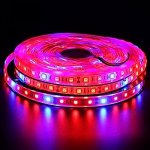great info on this thread. Not sure if this was already posted here but potassium reduces the amount of water the plant can uptake. ash contains some potassium.
question: does anyone know what would happen if you allowed your night time temps to be higher than your daytime temps?
question: does anyone know what would happen if you allowed your night time temps to be higher than your daytime temps?




